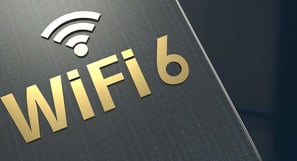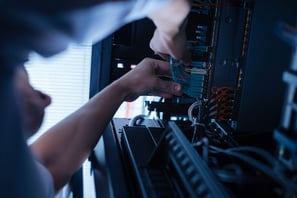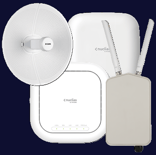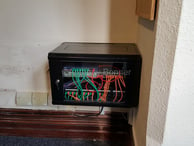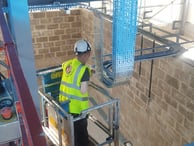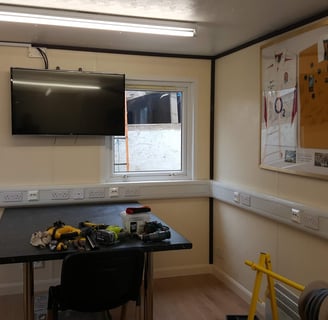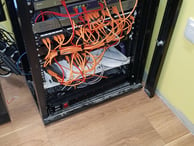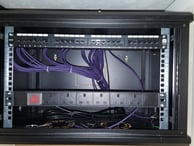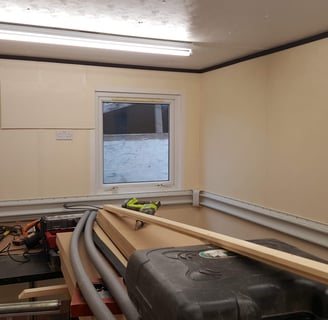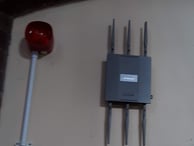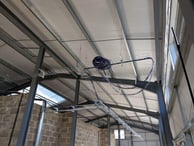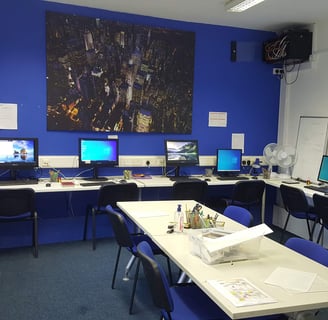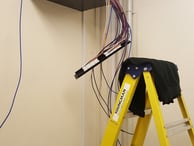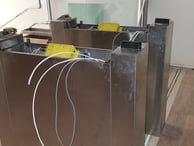Networking
Templar Tech has installed many different types and size networks over the years, ranging from SOHO (Small Office Home Office) to larger commercial and Education solutions, that require a managed infrastructure.
A good Network is a well planned Network, using quality products.
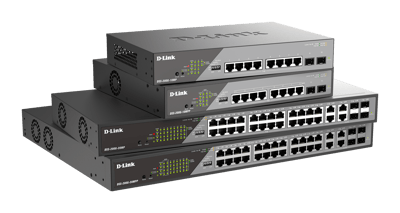



Unmanaged Switches
Smart Switches
Managed Switches
Data Centre Switches
Industrial Switches
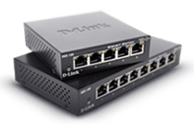

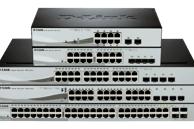

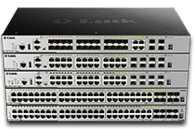





Instant Connectivity provides plug and play simplicity.
Manages the network easily with a web based managed interface.
Instant Connectivity provides plug and play simplicity.
Instant Connectivity provides plug and play simplicity.
Instant Connectivity provides plug and play simplicity.
Before & After
Before & After




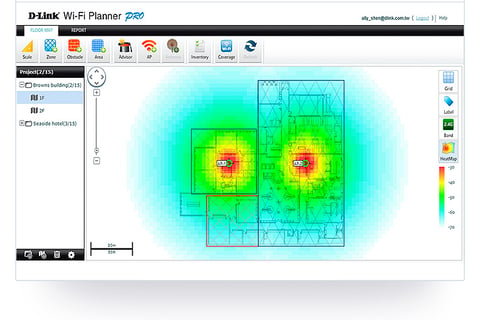

Plan and simulate Access Point deployments
The D-Link Wi-Fi Planner Pro tool enables us map wireless networks throughout your organisation prior to any deployment, giving the you peace of mind, knowing you will get the coverage where you need it.
No more: Maybe, Should do, I think so, Just simple Yes it will.
D-Link Wi-Fi Planner Pro makes planning and communicating WLAN deployments with clients a lot easier. Wi-Fi Planner Pro is one of our valued tools available to us via the D-Link Partner Portal.


Wi-Fi or Ethernet
Networking
Wired Ethernet connections are faster, more reliable, and have lower latency than wireless connections. You should use a wired connection whenever it is practical if performance is a priority, although newer Wi-Fi standards like Wi-Fi 6 have narrowed the performance gap significantly.
Wi-Fi is extremely convenient for small, portable devices, but when performance is required, you cannot beat an Ethernet connection. Ethernet connections are several times faster than most Wi-Fi networks, and typically have a fraction of the latency.
Is Ethernet Faster Than Wi-Fi?
Ethernet is typically faster than Wi-Fi. The better type of Ethernet cable commonly used is Cat6A, rated for data transfer speeds of up to 10 Gbps (gigabits per second). Wi-Fi 6E, which is currently the fastest Wi-Fi officially available, can only reach speeds of a few gigabits per second. Ethernet connections are also less prone to interference and have lower latency than even the best Wi-Fi networks. If reliability and speed are the priority, Ethernet cables cannot be beat.
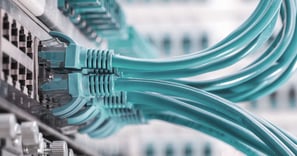

How Much Faster Is Ethernet?
Ethernet is just plain faster than Wi-Fi --- there's no getting around that fact. But the real-world differences are smaller than you might think. Wi-Fi has gotten significantly faster over the last few years, thanks to new standards like Wi-Fi 6 (802.11ax), which offers a maximum speed of about 9.6 gigabits per second. Even though this is a maximum speed for all your wireless devices to share (and you likely won't get those speeds in the real world), Wi-Fi has become good enough to handle most of our daily tasks.
